Red light therapy has surged in popularity as a non-invasive, versatile treatment option that you can now enjoy in the comfort of your own home. Often referred to as “red light therapy” or known as photobiomodulation, this technology uses low levels of red light and sometimes near-infrared light to promote healing, improve skin, and even relieve pain. With a growing range of devices designed for at-home use, choosing the right red light therapy device can feel overwhelming. Whether you’re interested in red light therapy for wrinkle reduction, pain relief, or overall wellness, there are key factors to consider before making a purchase. This guide will walk you through everything you need to know to find the best red light therapy option for your needs.
Understanding Red Light Therapy and How It Works
Key Features to Look For in a Red Light Therapy Device
Wavelengths of Light
Power and Intensity
Size and Coverage
Build Quality and Durability
Safety Features
Practical Considerations for At-Home Use
Ease of Use
Portability
Cost vs. Value
Potential Benefits and Limitations
How to Use Red Light Therapy at Home
Common Mistakes to Avoid
Final Thoughts: Finding the Right Device for You
A vacuum skin cleaner is the perfect solution for those who want to keep their skin in perfect condition. With its help, you can easily and effectively take care of your skin, achieving visible results after the first procedures! You can buy this cleaner at a low price in our store.

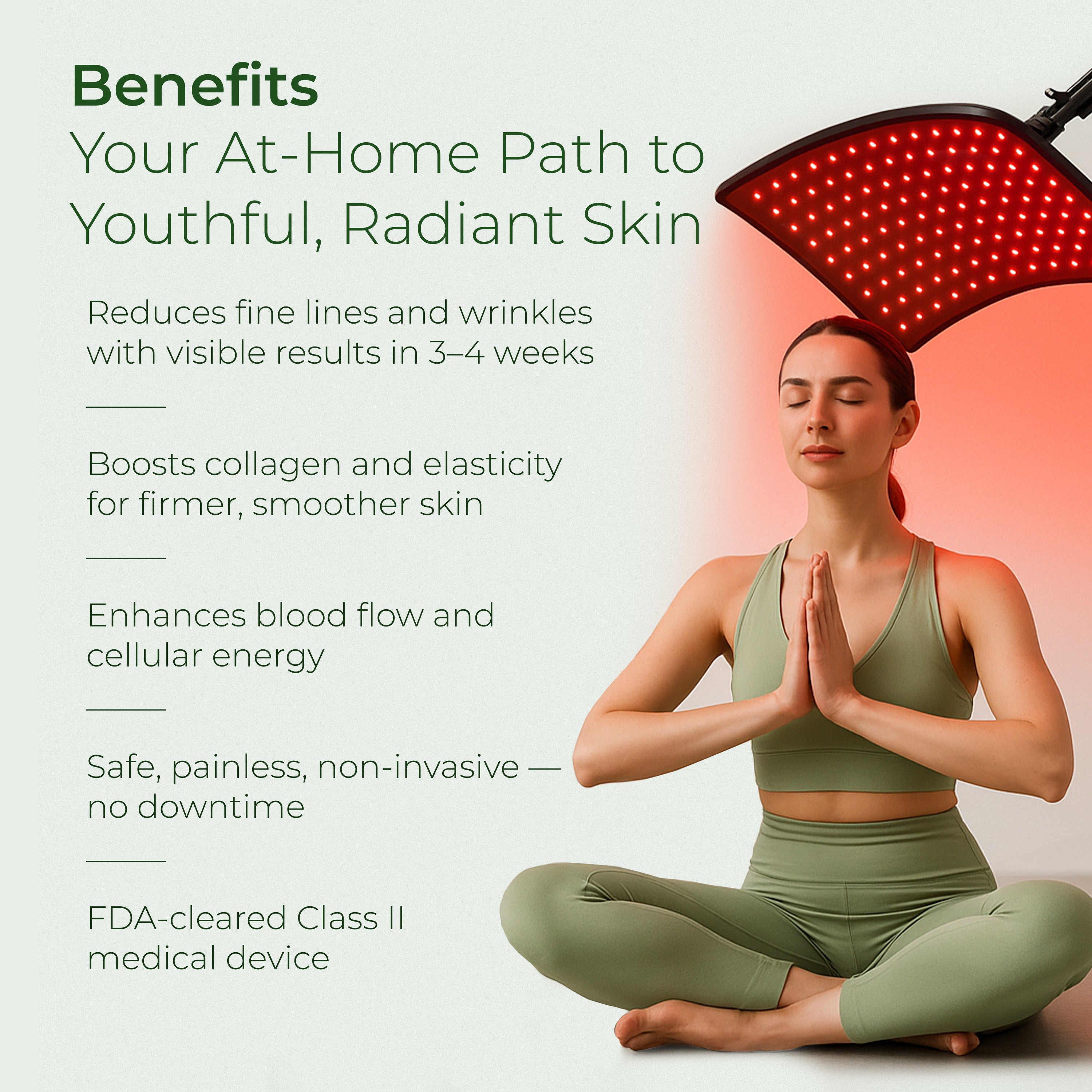
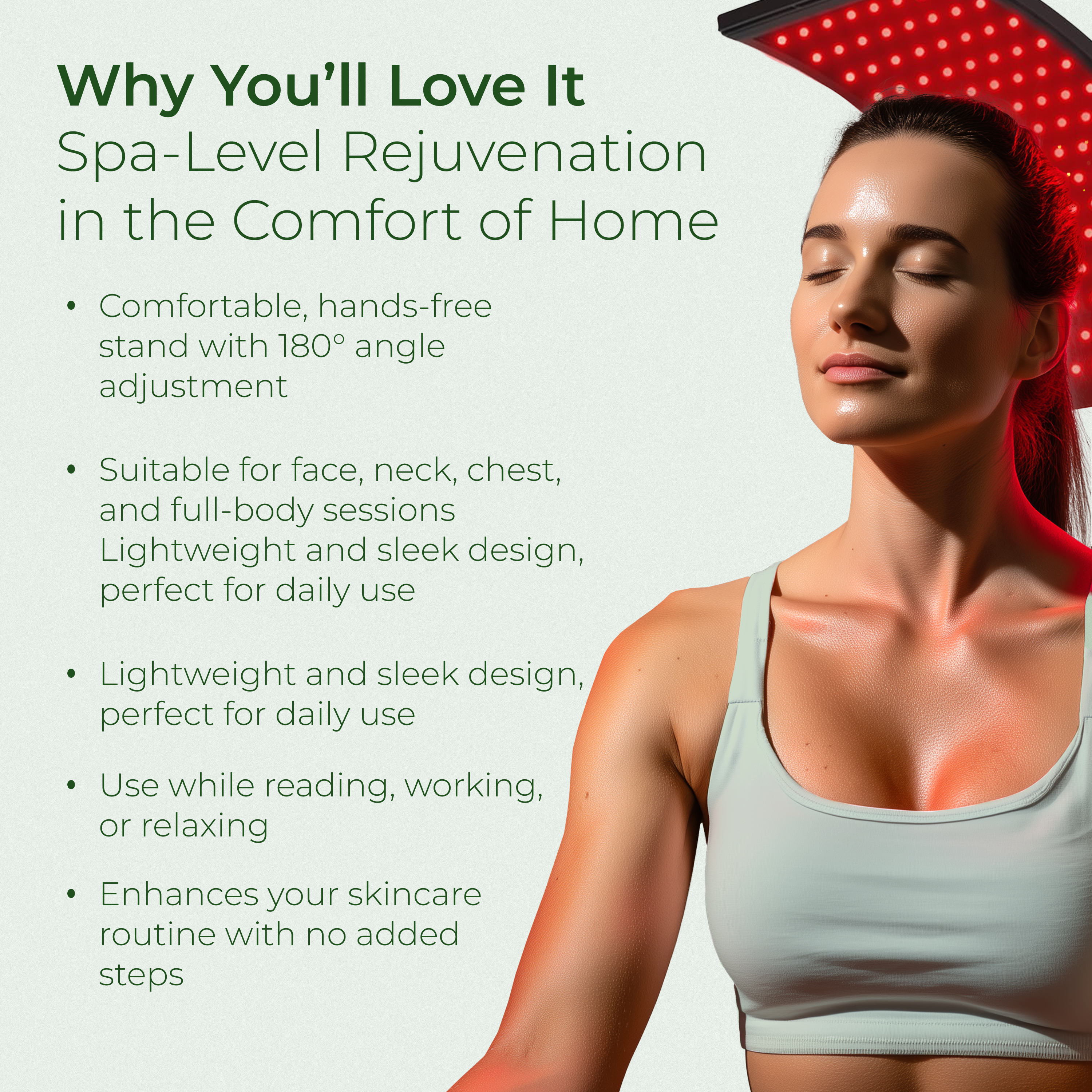

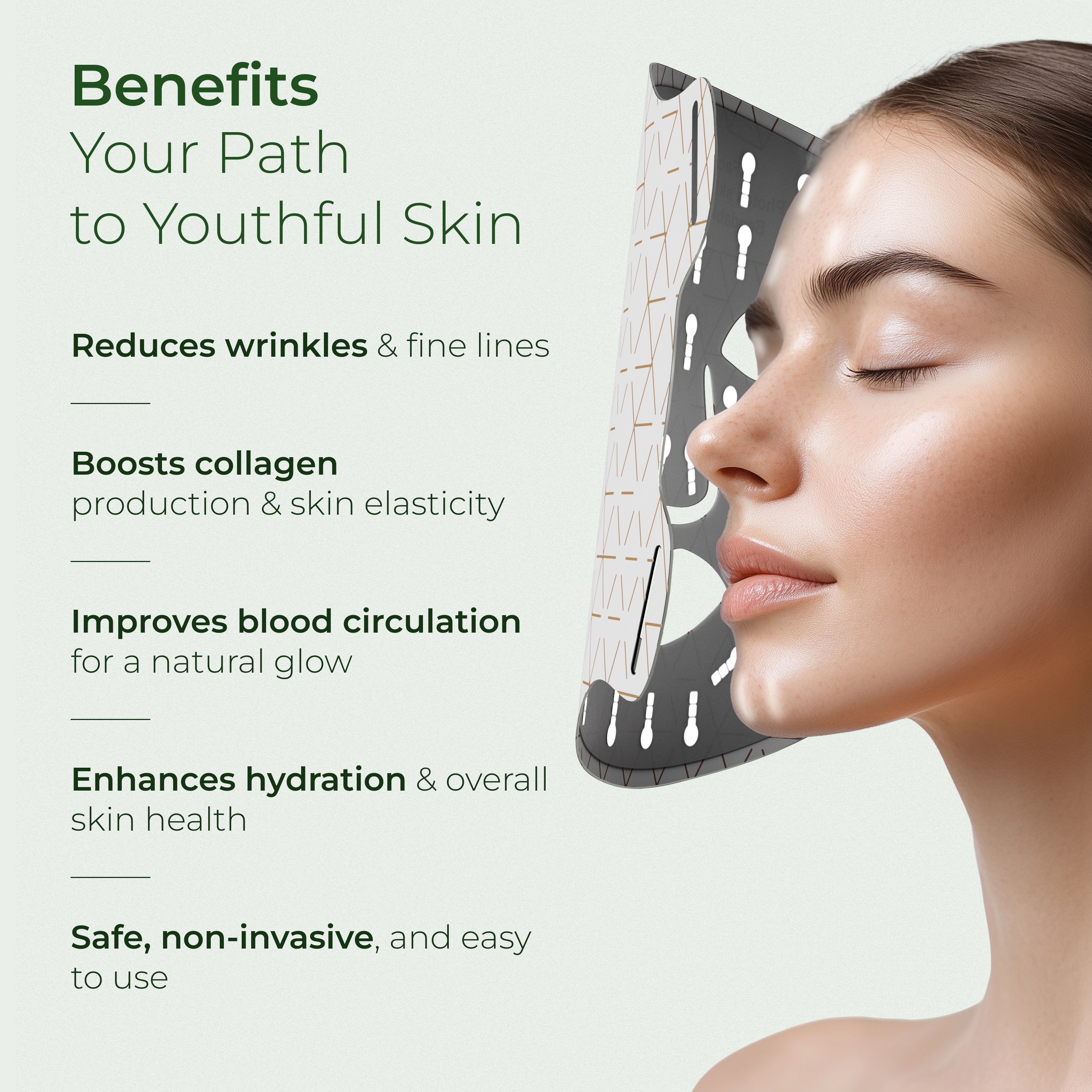


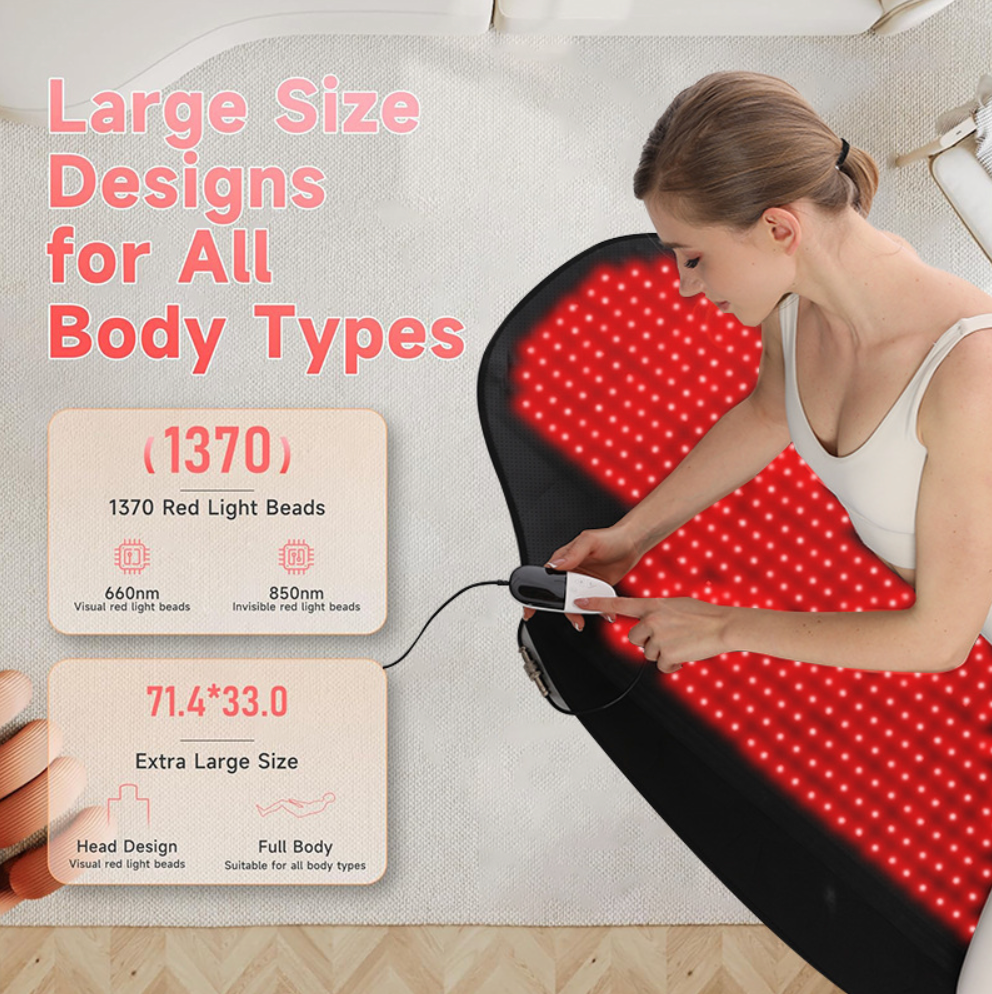
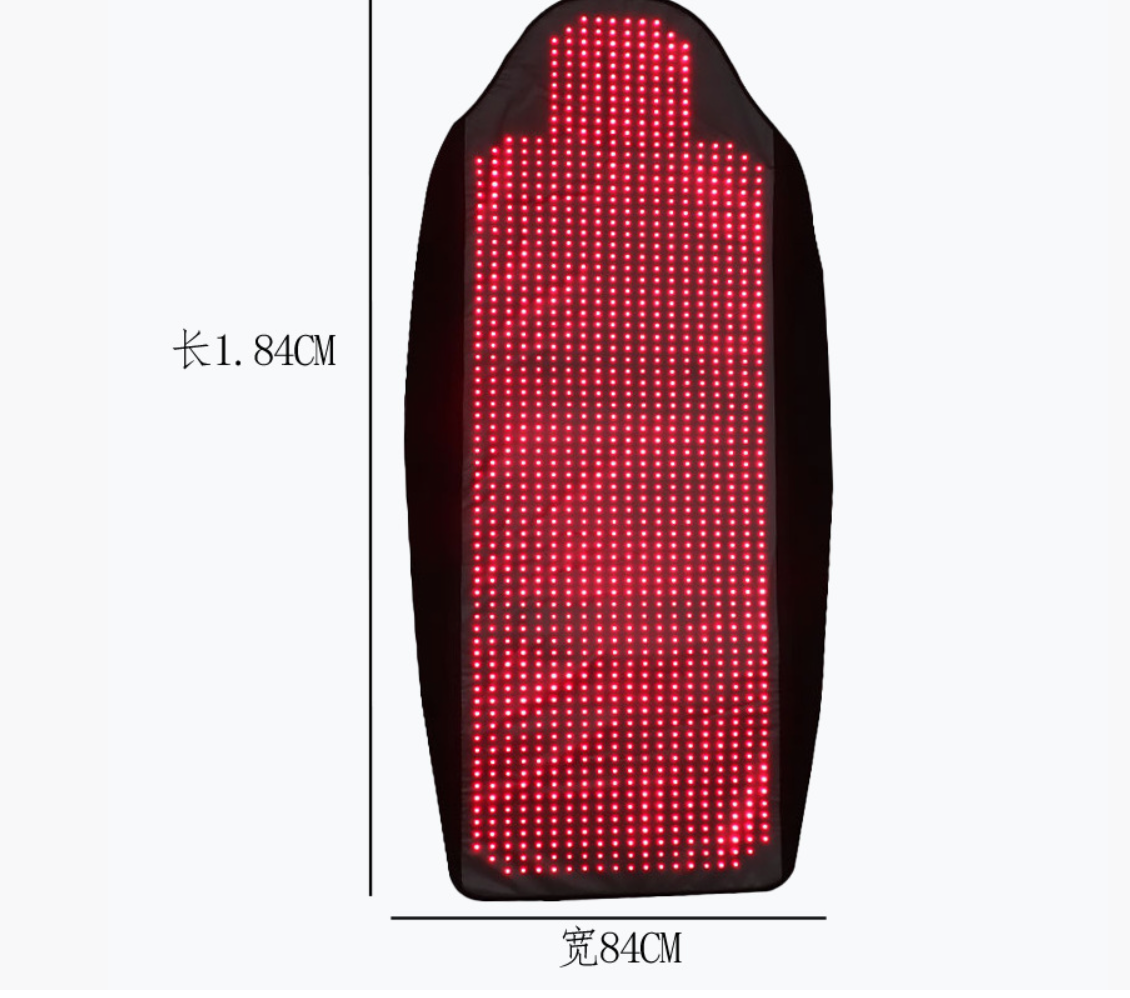


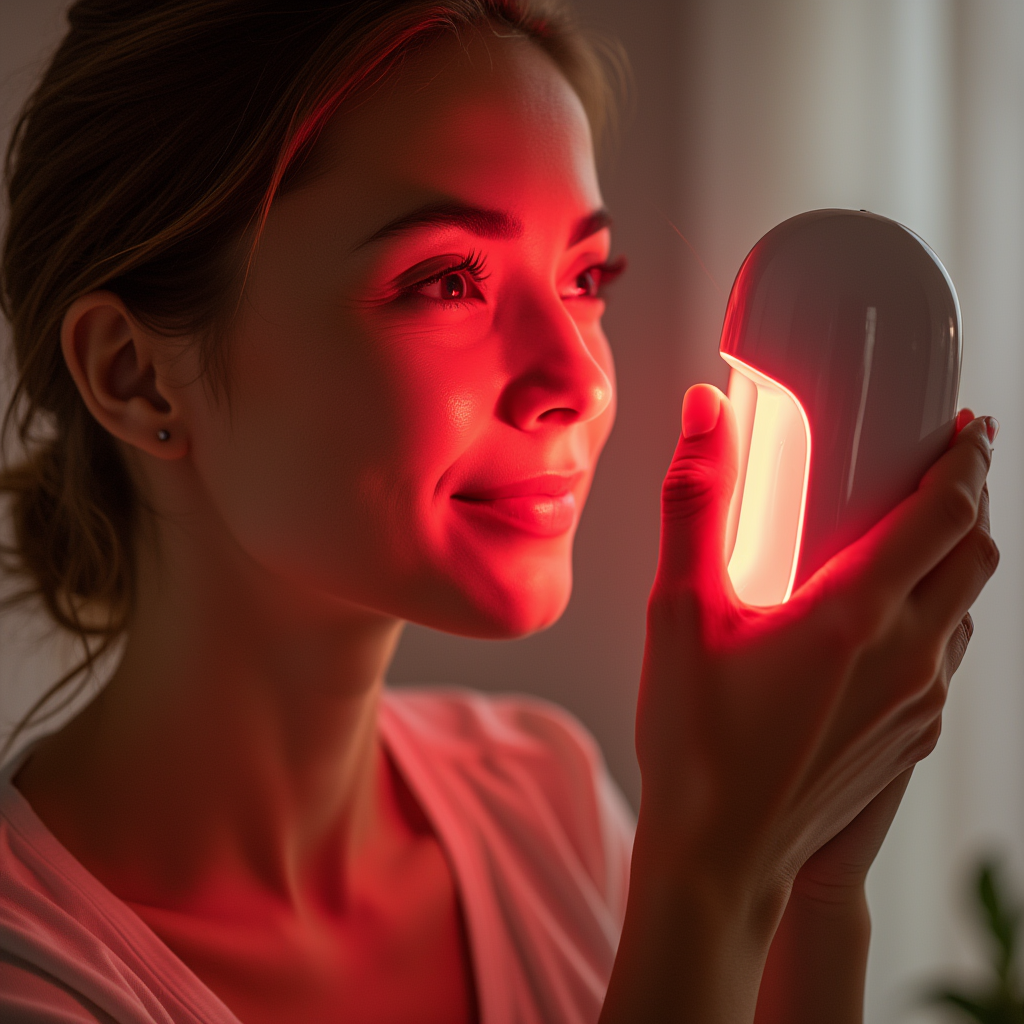
Deixe um comentário
Este site está protegido pela Política de privacidade da hCaptcha e da hCaptcha e aplicam-se os Termos de serviço das mesmas.